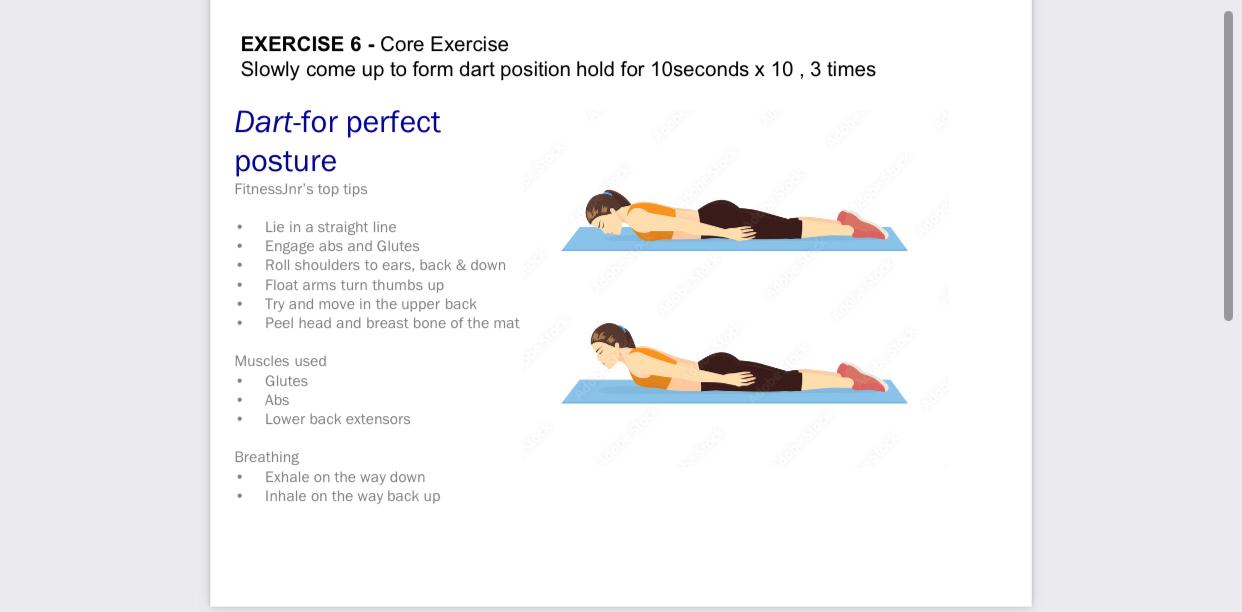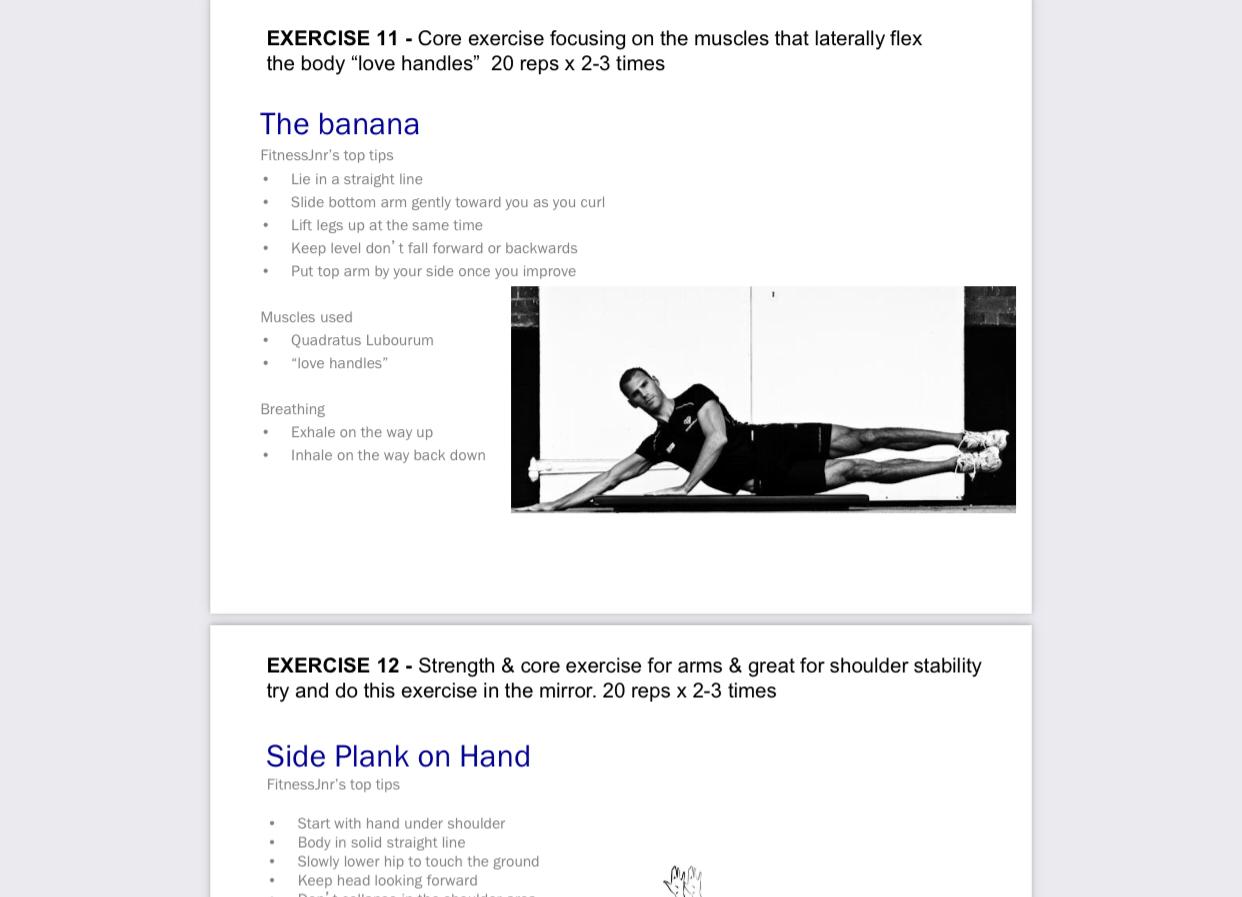MOBILITY AND STRENGTH
On Sale
$9.99
$9.99
So why do we need mobility ?
Having full range or better yet full mobility in our joints helps decrease the risk of injury. Improving your mobility teaches your joints how to bear load at vulnerable or extreme positions. We typically sustain injuries when performing a movement that is outside of our body's “comfort” zone or safe range. If we maximize the mobility in our joints we are making them more comfortable in extreme ranges and less susceptible to damage while under load. In addition, If someone suffers from poor mobility it can cause surrounding joints to compensate. Therefore improving mobility in one area will help reduce the risk of injury at another! It is important to note that no joint in the body is exclusively mobile or stable but rather has a combination of both. Some joints need more mobility (hips and shoulders) and some need more stability (knees, low back).
An easy way to test the difference between flexibility and mobility yourself is to raise your knee toward your chest. The mobility you have in your hip is measured by how far up your knee comes without assistance. If you then place your hands on your knee and actively pull it closer to your chest, this is displaying the flexibility in your hips.
The next question you are probably asking yourself is when do you incorporate mobility training into your schedule, The answer to this is that the more mobility the better but the general rule of thumb is before an activity is more useful than after. If you are going to be spending some time strength training or going for a run, you want to maximize the joint range of motion before the activity so that the joint can perform optimally and be loaded in its end range of motion.
They are 17 Exercises in this document all to improve your mobility and strength in the weak areas of your body and its motions, you can do at least 4 exercises per day and change them around.
Having full range or better yet full mobility in our joints helps decrease the risk of injury. Improving your mobility teaches your joints how to bear load at vulnerable or extreme positions. We typically sustain injuries when performing a movement that is outside of our body's “comfort” zone or safe range. If we maximize the mobility in our joints we are making them more comfortable in extreme ranges and less susceptible to damage while under load. In addition, If someone suffers from poor mobility it can cause surrounding joints to compensate. Therefore improving mobility in one area will help reduce the risk of injury at another! It is important to note that no joint in the body is exclusively mobile or stable but rather has a combination of both. Some joints need more mobility (hips and shoulders) and some need more stability (knees, low back).
An easy way to test the difference between flexibility and mobility yourself is to raise your knee toward your chest. The mobility you have in your hip is measured by how far up your knee comes without assistance. If you then place your hands on your knee and actively pull it closer to your chest, this is displaying the flexibility in your hips.
The next question you are probably asking yourself is when do you incorporate mobility training into your schedule, The answer to this is that the more mobility the better but the general rule of thumb is before an activity is more useful than after. If you are going to be spending some time strength training or going for a run, you want to maximize the joint range of motion before the activity so that the joint can perform optimally and be loaded in its end range of motion.
They are 17 Exercises in this document all to improve your mobility and strength in the weak areas of your body and its motions, you can do at least 4 exercises per day and change them around.















